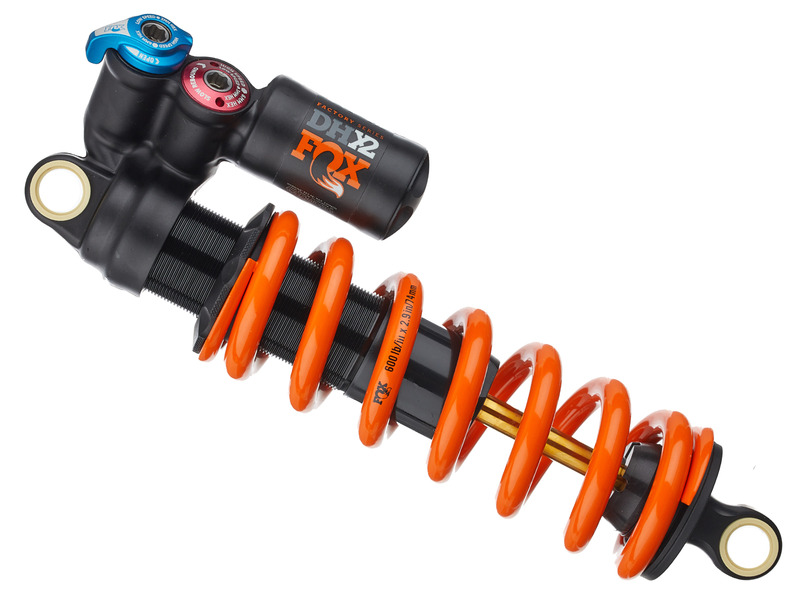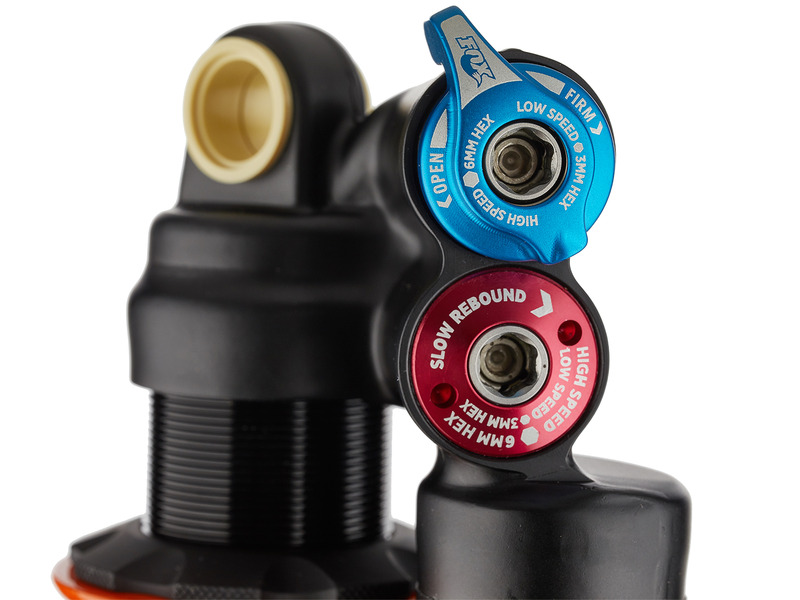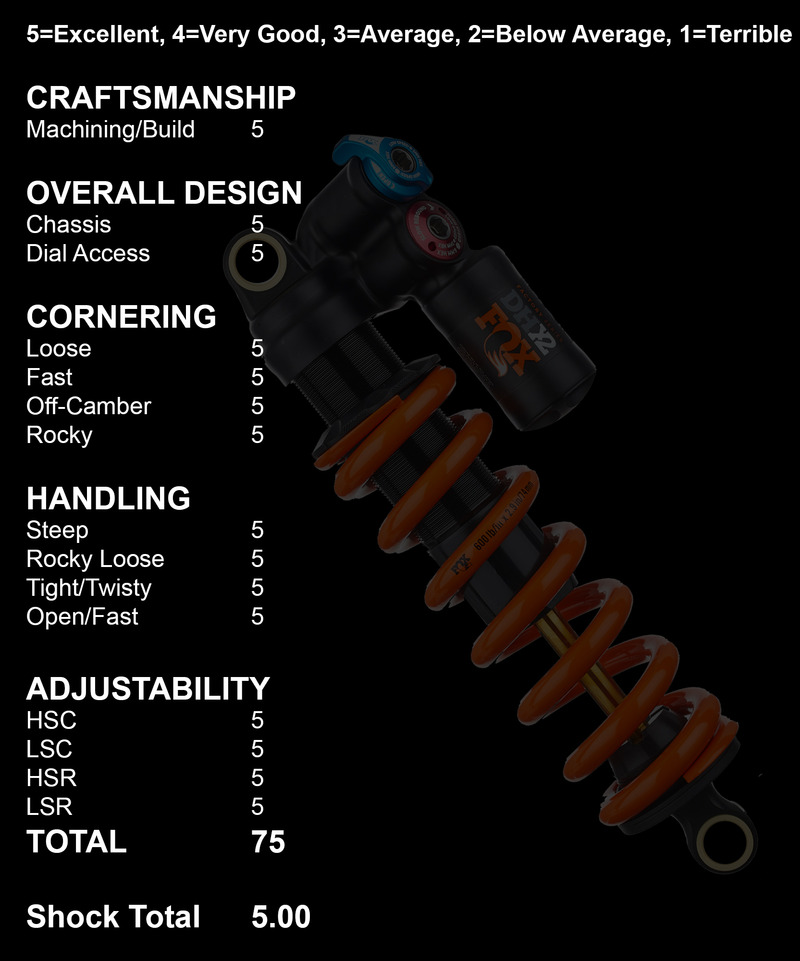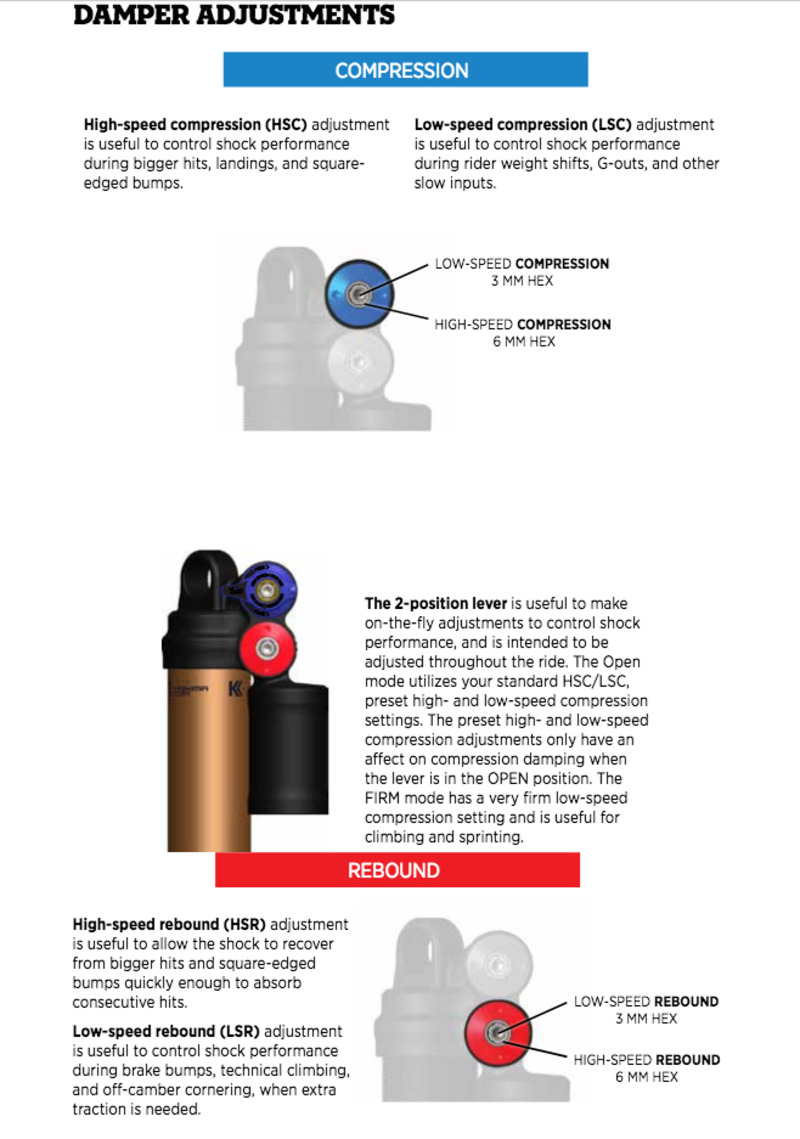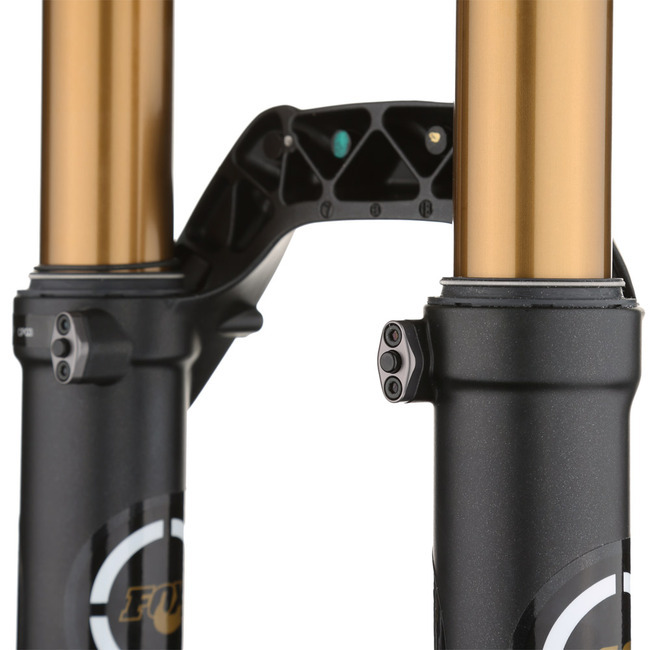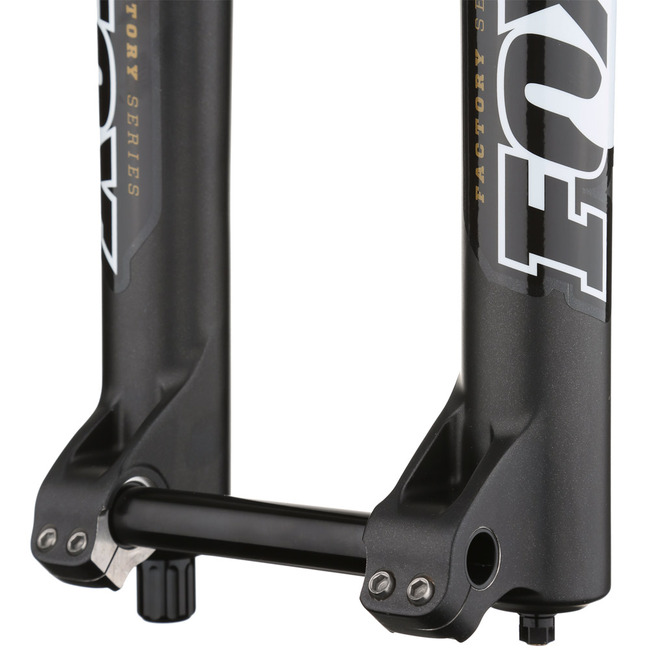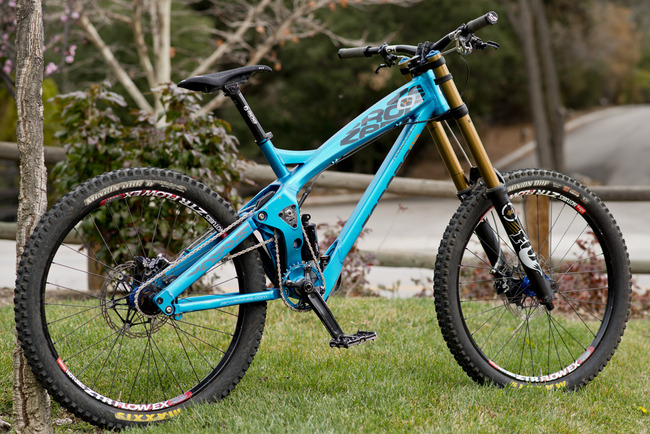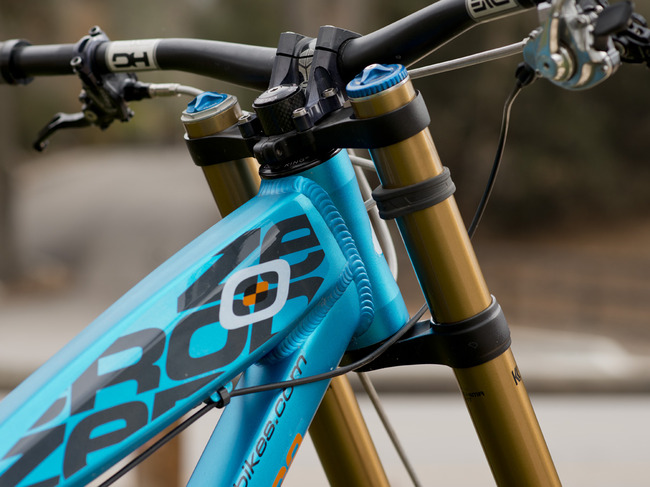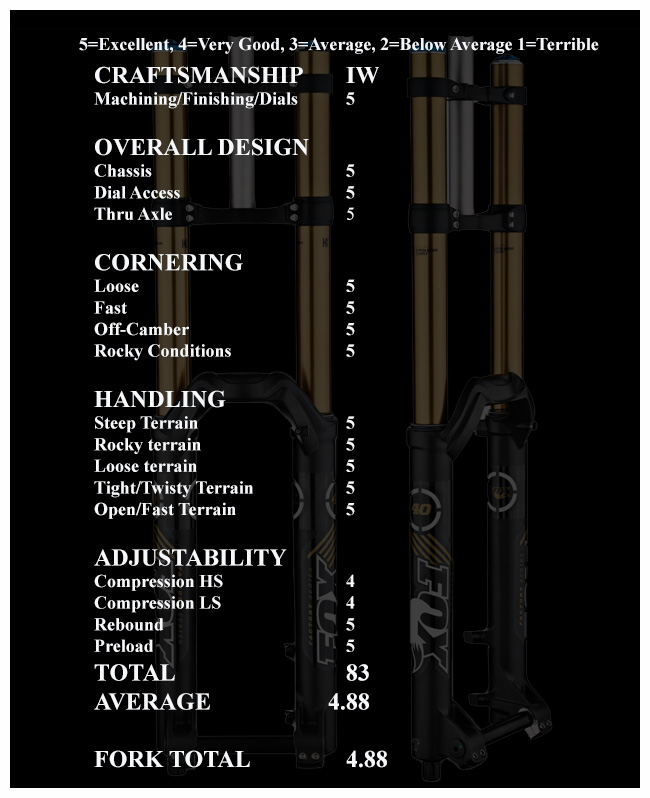Fox DHX2 Review
 Thursday, December 13, 2018 at 8:06AM
Thursday, December 13, 2018 at 8:06AM  Permalink
Permalink Fox has been involved in the suspension game since Norba was hating athletes. They have a vast assortment of engineers from different segments to draw ideas from. Over the last ten years, the world of Mountain Biking has been about cutting weight no matter the cost. Many times this will lead to less durable parts, tires that flat or products that have a shorter lifespan. Over the last few years, there has been a renewed interest in coil suspension products. There are numerous reasons to jump to coil-over air including sensitivity, consistent damping under heat, and reliability. Anybody else hates the checking air pressure before rides? Luckily several companies are getting back into the High-End coil shock market. Fox brought the DHX2 over for us to try out and included a lightweight SLS spring!
Fox DHX2 Features
- Available in both imperial and metric sizes
- X2 2-position Open/Firm lever retains high and low speed compression adjustment
- High- and low-speed compression and high- and low-speed rebound adjustment
- Advanced RVS damping system provides more tunability
- High oil flow improves damping control and consistency
- SLS spring option provides titanium weight savings at affordable price
*Coil spring sold separately. Shown with SLS Spring option.
X2
"Fueled by years of RAD development, X2 hits the sweet spot with its a linear damping profile, revised oil flow, and redesigned seals on DHX2 and FLOAT X2 shocks. The wide adjustment range gives riders the support and grip that the trail demands, as well as a more plush and open feel in the initial travel."
RVS
"The Rod Valve System (RVS) provides a more seamless damping transition when absorbing small to large impacts, resulting in faster system response, more control, and less harshness."
SLS Spring
"A proprietary surface treatment and stress relief process removes residual stresses from the spring, allowing them to withstand higher stresses. Each spring is optimized by using a smaller wire diameter and fewer coils, creating a lighter spring."
Standard Sizes
- 7.875 x 2.0 (2-position lever only)
- 7.875 x 2.25 (2-position lever optional)
- 8.5 x 2.5 (2-position lever optional)
- 8.75 x 2.75
- 9.5 x 3
- 10.5 x 3.5
- 30 x 60 (2-position lever only)
- 230 x 65 (2-position lever only)
- 250 x 75 (2-position lever only)
- Optional 2-position Open/Firm lever (retains high and low speed compression adjustment)
- Low-speed compression
- High-speed compression
- Low-speed Rebound
- High-speed Rebound
- Coil spring preload
The DHX2 offers a Firm and Open mode. To get to the trails it is a 3-mile ride on the road. On the way there I ran it open and the way back I used Firm mode. There is for sure a difference but it isn't as massive as what the CCDB offers. If you were riding a pump trail and wanted the bike to be more firm you could ride it in the firm setting easily.
Overall the Fox DHX2 Coil granted our GG Smash more traction and overall an easier initial set up. Some people may have problems with Spring weights but it is very unlikely since Fox offers the SLS spring in 25-pound increments. If you are at the upper or lower weight ranges an air shock may have some benefits.
After spending close to 1 year aboard the Fox DHX@ we had zero issues and it provided very consistent dampening. With its adjustability and avoidance of heat effects on it when doing very long runs we would highly suggest the shock. Saving half a pound or so doesn't seem to make up for the added benefits riders will find while using a coil shock.
 Air vs Coil,
Air vs Coil,  Coil Shocks,
Coil Shocks,  EWS,
EWS,  Enduro,
Enduro,  Fox,
Fox,  Fox DHX2,
Fox DHX2,  Fox Suspension,
Fox Suspension,  Mountain Bikes,
Mountain Bikes,  Trail,
Trail,  UCI |
UCI |





